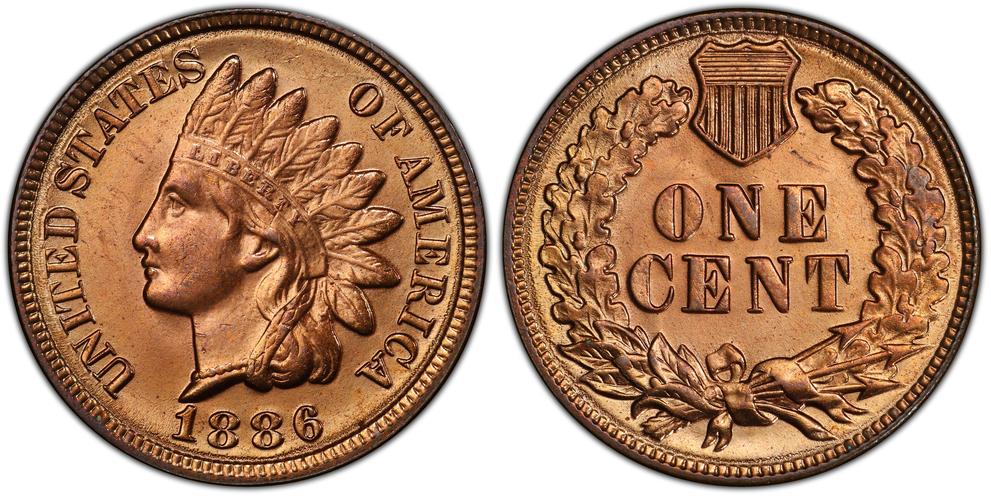
Cent Counter: A Comprehensive Guide
Are you looking to enhance your data analysis skills? Do you want to understand how to efficiently count occurrences of items in a collection? If so, you’ve come to the right place. In this article, we’ll delve into the world of the Cent Counter, a powerful tool that can help you achieve just that. Let’s get started!
What is a Cent Counter?
The Cent Counter, also known as the Counter class, is a part of Python’s collections module. It is a subclass of the built-in dict class and is designed to count hashable objects. This makes it an excellent choice for tasks that involve counting occurrences of items in a collection, such as analyzing text data or tracking user behavior.

How to Use the Cent Counter
Using the Cent Counter is quite straightforward. To get started, you need to import the collections module and create a new Counter object. Here’s an example:
from collections import Countercnt = Counter()Once you have a Counter object, you can add items to it using the square bracket notation. For instance:
cnt['apple'] += 1cnt['banana'] += 1cnt['apple'] += 1cnt['orange'] += 1cnt['banana'] += 1cnt['banana'] += 1This will create a Counter object with the following counts:
| Item | Count |
|---|---|
| apple | 2 |
| banana | 3 |
| orange | 1 |
As you can see, the Counter object keeps track of the number of occurrences of each item in the collection.

Accessing Counts
Once you have populated your Counter object, you can access the counts of individual items using the square bracket notation. For example:
print(cnt['apple']) Output: 2print(cnt['banana']) Output: 3print(cnt['orange']) Output: 1Alternatively, you can use the most_common() method to retrieve the items with the highest counts. This method takes an optional argument that specifies the number of top items to return. For instance:
print(cnt.most_common(2)) Output: [('banana', 3), ('apple', 2)]Other Useful Methods
In addition to the basic counting functionality, the Cent Counter offers several other useful methods. Here are a few examples:
- elements(): Returns a list of all elements in the Counter object.
- most_common(): Returns a list of the elements with the highest counts, sorted in descending order.
- update(): Updates the Counter object with counts from another Counter object or a dictionary.
- subtract(): Subtracts counts from another Counter object or a dictionary.
Conclusion
The Cent Counter is a powerful tool for counting occurrences of items in a collection. By using the Counter class from Python’s collections module, you can easily analyze data and gain valuable insights. Whether you’re working with text data, tracking user behavior, or performing other data analysis tasks, the Cent Counter is a valuable addition to your toolkit.

